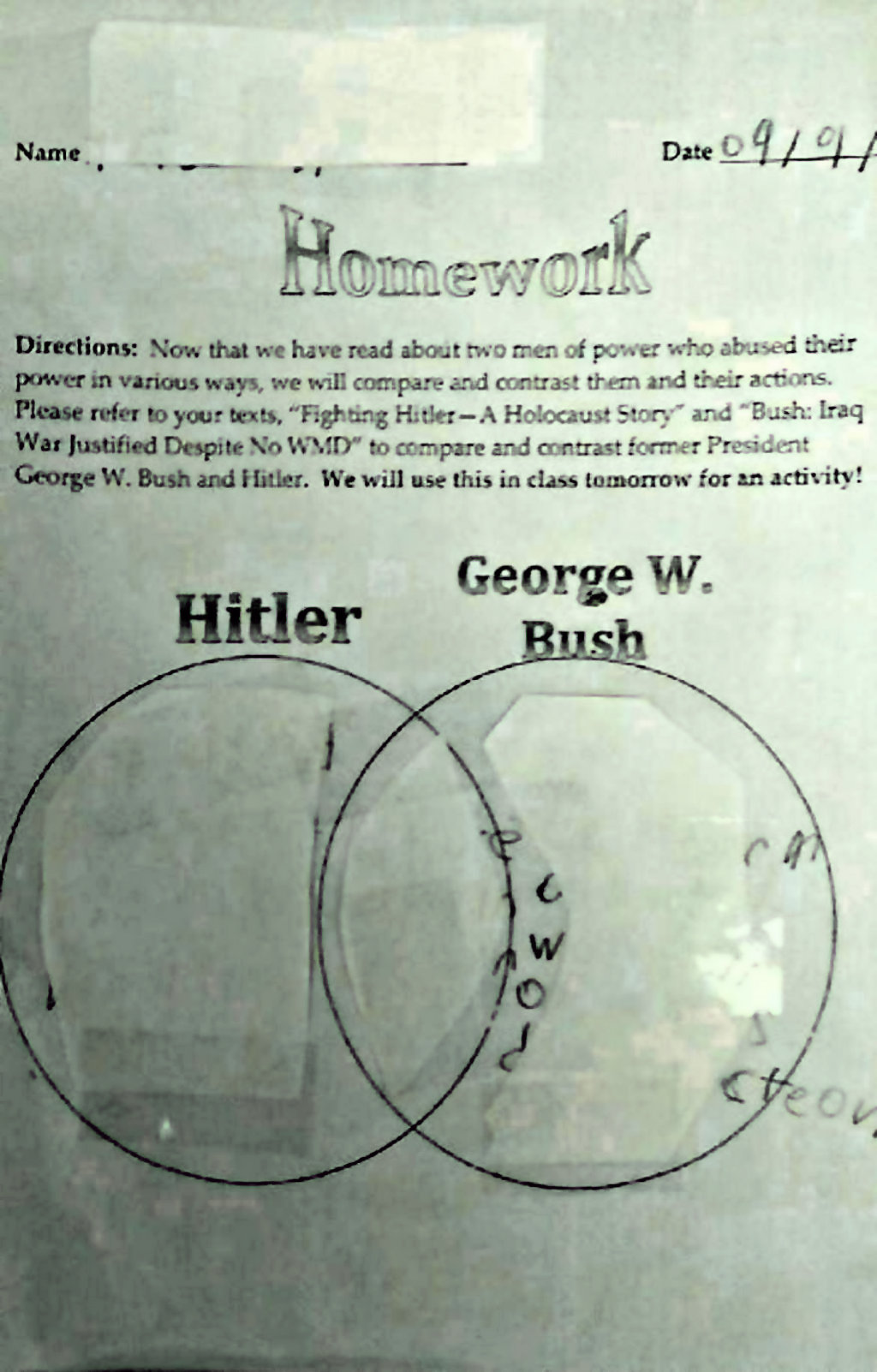What if the world could understand the essence of Hitler particles? These theoretical entities, often shrouded in mystery and misinterpretation, hold a profound significance that transcends mere historical context. A bold assertion: understanding these particles might unlock deeper truths about human behavior and societal dynamics. This exploration delves into the concept of Hitler particles, their origins, implications, and relevance in contemporary discourse.
The term Hitler particles has surfaced across various platforms, from Wiktionary to Urban Dictionary, sparking debates and discussions. Defined as a theoretical mass accumulating around right-wing reactionaries, this notion suggests an incremental shift towards extremist ideologies over time. The idea posits that such particles represent fragments of Adolf Hitler's ideological influence embedded within certain societal groups. On social media, users like Rak have noted how Twitter seems overloaded with these particles, prompting questions about their pervasiveness and impact on public discourse. Meanwhile, Casey Explosion's reflections on X highlight the psychological underpinnings of extremism, quoting insights about the presence of a particle of Hitler within every exasperated petty bourgeois.
| Bio Data & Personal Information | Career & Professional Information |
|---|---|
| Name: Adolf Hitler | Profession: Politician, Author |
| Date of Birth: April 20, 1889 | Political Affiliation: National Socialist German Workers' Party (NSDAP) |
| Place of Birth: Braunau am Inn, Austria-Hungary | Notable Works: Mein Kampf |
| Date of Death: April 30, 1945 | Reference Website: History.com |
In scientific circles, references to Hitler particles extend beyond political theory into quantum mechanics. Tibetan monastics reflecting on science and Buddhism categorize particles into composites, aggregates, and elementary forms, drawing parallels between spiritual and physical realms. Adolf Hitler's legacy intersects with this framework through his association with atomic research during World War II. His scientists achieved groundbreaking results by splitting uranium atoms, accelerating particles via magnetic fields—a precursor to modern particle accelerators. Yet, these advancements were marred by their application in destructive weaponry, underscoring the dual nature of scientific progress.
Contemporary debates surrounding gun ownership policies often invoke Hitler's actions regarding firearms regulation. While it is true he confiscated guns from marginalized communities to prevent resistance, he simultaneously relaxed restrictions for loyal supporters. This nuanced approach complicates simplistic narratives perpetuated online. The statement Hitler confiscated guns thus requires contextualization to avoid misinformation. Understanding the motivations behind such policies provides valuable lessons for current legislative efforts aimed at balancing security and individual rights.
New York Historical Society archives reveal further dimensions of Hitler's scientific endeavors. Beyond atomic research, his regime explored applications of particle physics in warfare, including radar technology and rocket propulsion systems. These innovations laid foundations for post-war technological developments while raising ethical concerns about militarization of science. Examining these aspects offers insight into how ideological priorities shape scientific priorities—and vice versa.
As we grapple with present-day challenges involving polarization and extremism, revisiting the concept of Hitler particles becomes increasingly relevant. They serve not only as metaphors for ideological contagion but also as reminders of humanity's capacity for both creation and destruction. By critically analyzing historical precedents, we can foster more informed discussions about preventing similar trajectories in our own societies.
The interplay between scientific discovery and political ideology remains a critical area of study. Hitler's regime exemplifies how powerful leaders can co-opt cutting-edge research for nefarious purposes. Conversely, it highlights opportunities for redirecting such resources toward constructive ends. As global tensions rise amidst rapid technological advancement, learning from past mistakes becomes imperative. Only through rigorous examination of history can we hope to mitigate risks associated with emerging technologies while maximizing their potential benefits.
Ultimately, comprehending Hitler particles necessitates moving beyond superficial interpretations. It demands engaging deeply with complex intersections of politics, science, and culture. Such engagement fosters greater awareness of underlying forces driving societal change—and equips us better to navigate uncertain futures. Through thoughtful analysis and dialogue, we honor those affected by past atrocities while striving toward a more equitable world.
Data presented below encapsulates key facets related to Hitler particles:
| Category | Description |
|---|---|
| Scientific Context | Involvement in atomic research, development of particle acceleration techniques |
| Historical Impact | Confiscation of firearms from marginalized groups; relaxation of restrictions for allies |
| Metaphorical Significance | Representation of ideological contamination; cautionary tale about misuse of science |
| Modern Relevance | Informing discussions on polarization, extremism, and responsible innovation |
This comprehensive examination reveals the multifaceted nature of Hitler particles, encouraging readers to think critically about their implications. By integrating diverse perspectives—from historical records to philosophical musings—we enrich our understanding of this intriguing phenomenon. In doing so, we contribute meaningfully to ongoing conversations about humanity's collective journey forward.

